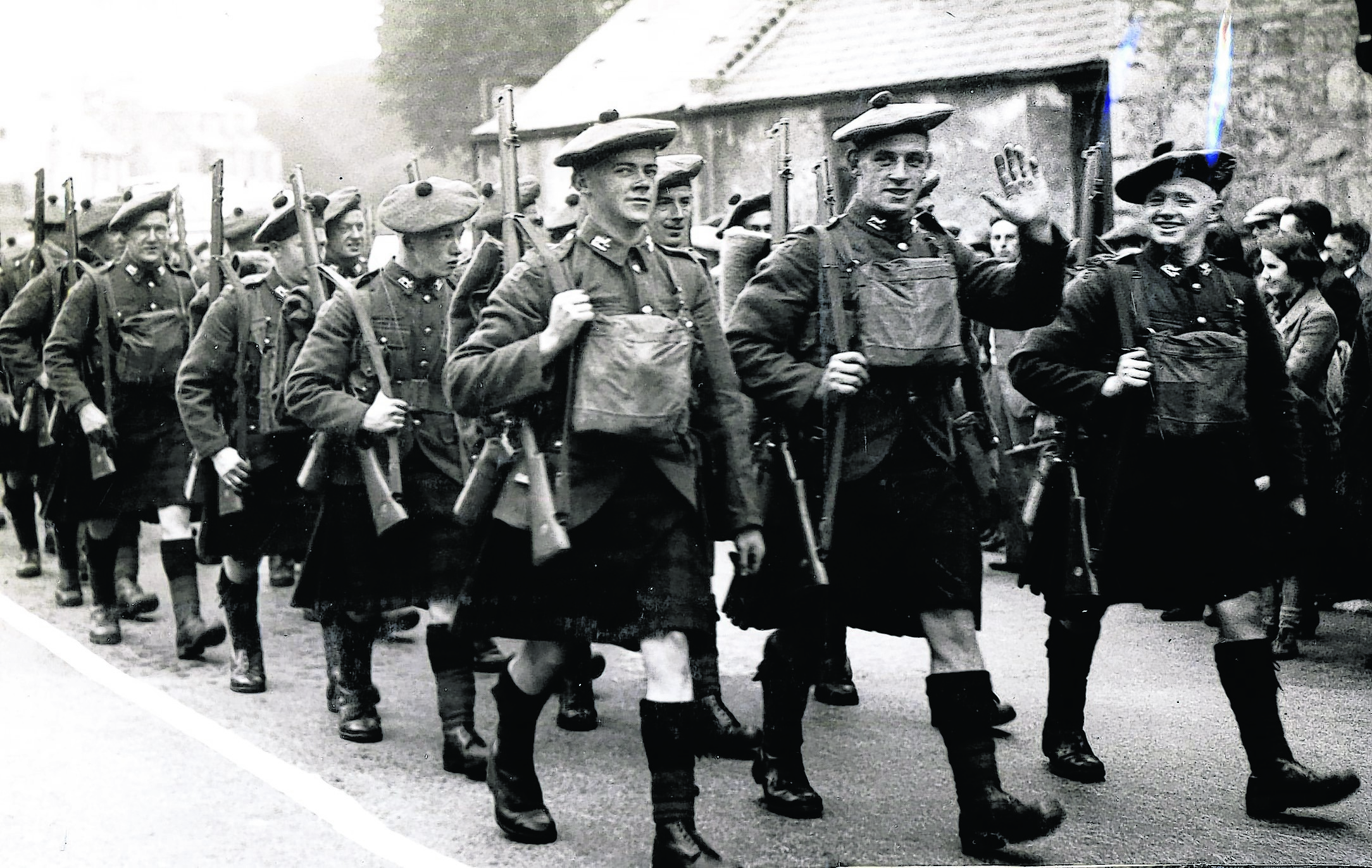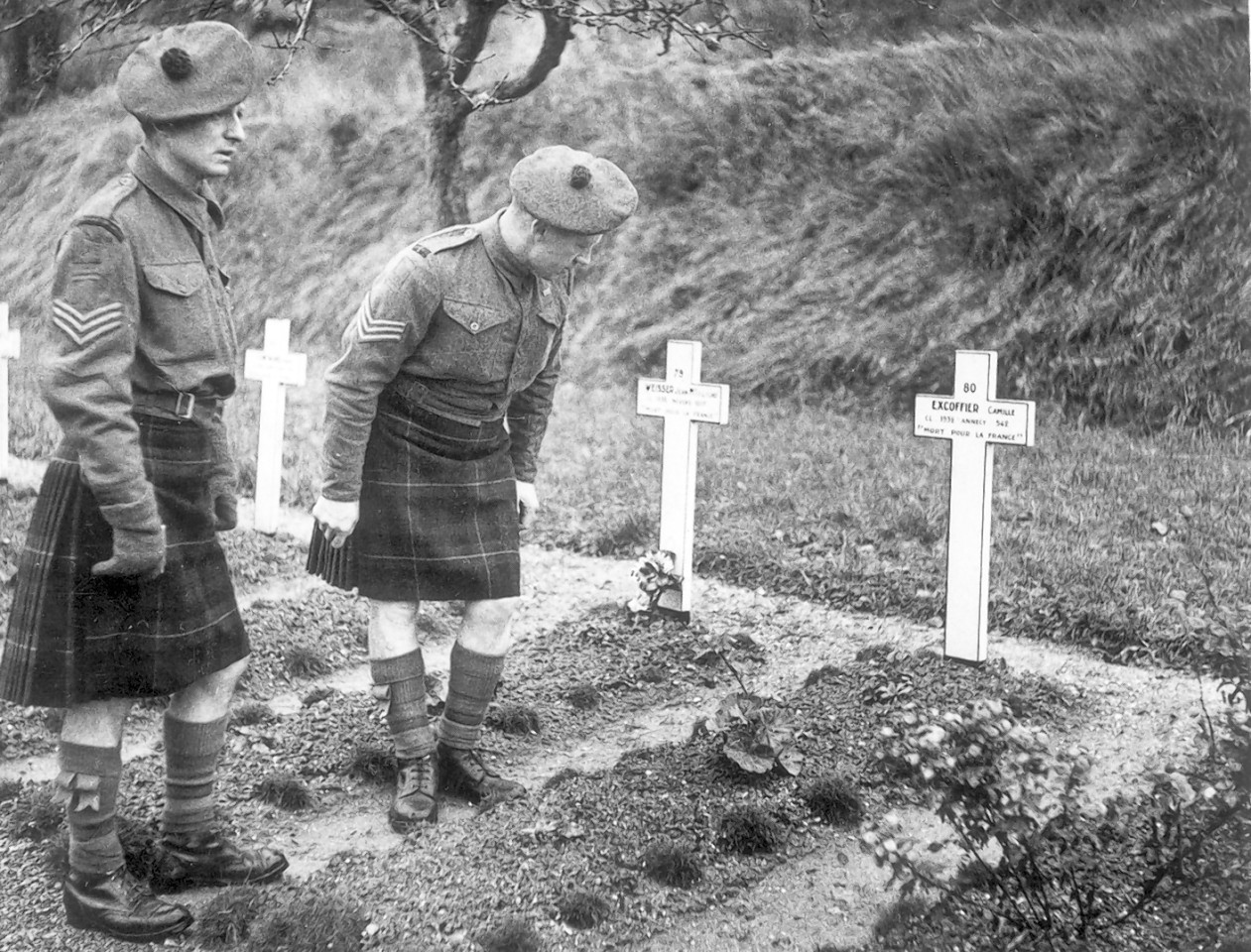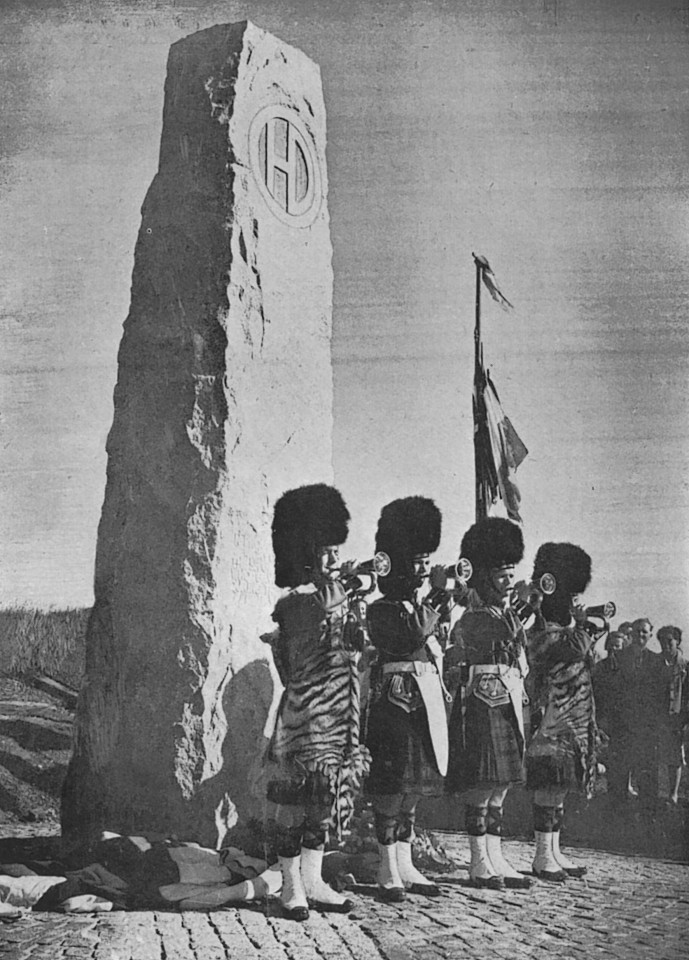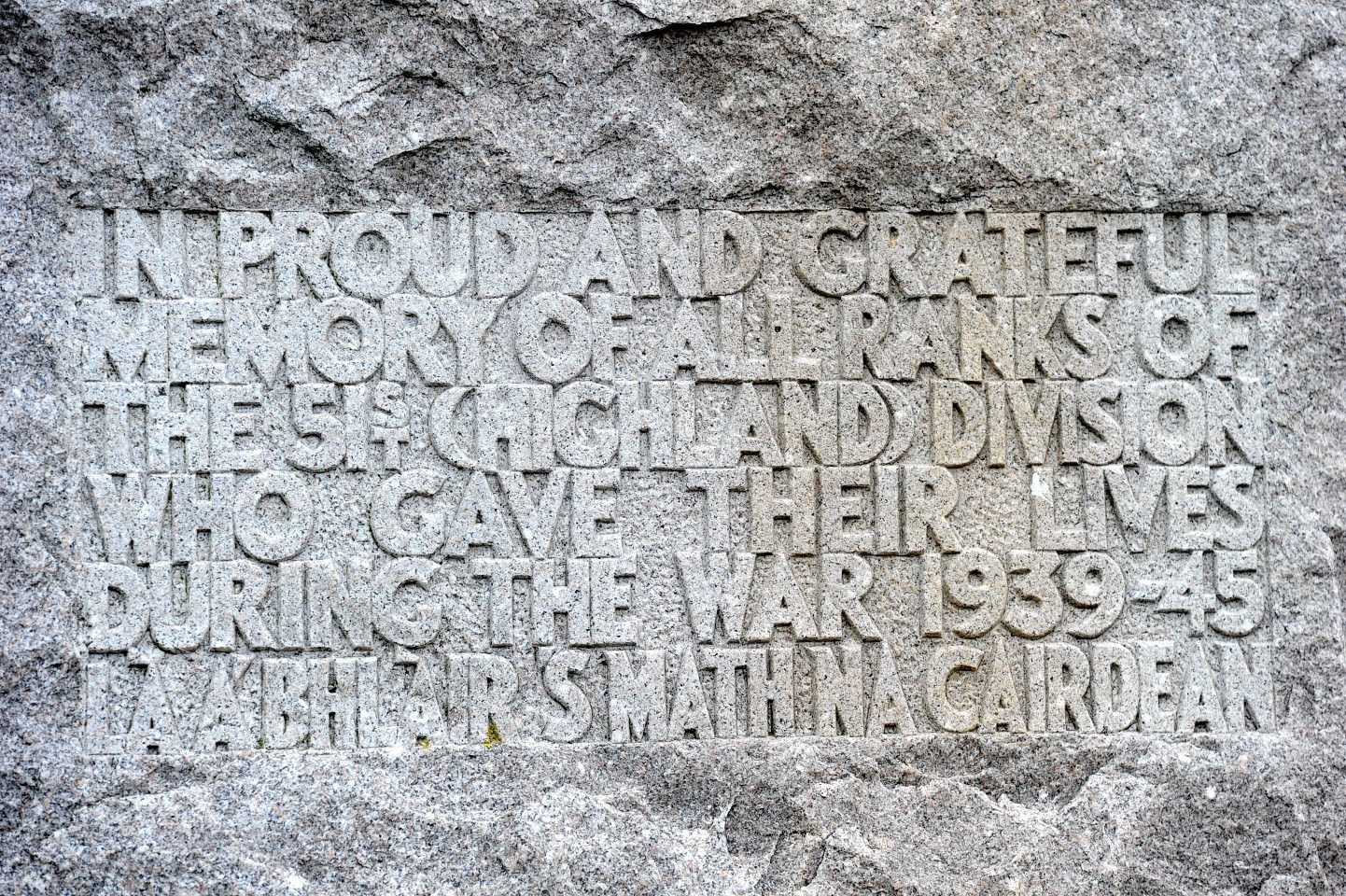Today marks the 75th anniversary of the 51st Highland Division’s desperate last stand during the battle at St Valery en Caux. Cheryl Livingstone speaks to a north-east author who is aiming to ensure these brave men finally receive the recognition they deserve.
They did not know it at the time but for the 51st (Highland) Division, June 12, 1940, was to become one of the most important dates in the history of their regiments.
It would also end in one of the worst modern military disasters to befall soldiers from Scotland.
On that day – almost two weeks after the evacuation of a large part of the British Army from Dunkirk – the division was forced to surrender, at St Valery en Caux, in northern France, to the German General, Erwin Rommel.
Some 10,000 survivors – from the Black Watch and the Queen’s Own Cameron, Seaforth and Gordon Highlanders – were captured and spent the remainder of the war as prisoners, enduring appalling hardships.
North-east writer Stewart Mitchell, has spent the past two and a half years researching the tragic events of St Valery, with particular emphasis on the Gordon Highlanders.
He said the episode – and the stories of the men who fought so courageously 75 years ago – deserved to be as widely known as the events of Dunkirk.
“It was hoped at the time that another miracle evacuation of the men by the Royal Navy would be possible from the small harbour at St Valery-en-Caux, but on the morning the evacuation was to take place it was very foggy so the ships were unable to approach the shore,” he explained.
“This gave the German tanks time to reach the cliffs overlooking the harbour and consequently any ship approaching the shore was fired on. To some extent the surrender was precipitated by the French who were fighting alongside the 51st (Highland) Division and under whose command the Division were fighting.
“The harbour at St Valery was far from ideal for an evacuation as this small town sits in a cleft in the chalk cliffs with a small tidal harbour. The Division stuck out to the last but the countryside was criss-crossed by sunken roads and there were many instances where British soldiers just blundered into German patrols and were captured. This included the Commanding Officer of the 1st Battalion Gordon Highlanders (Lieutenant Colonel Harry Wright.”
A volunteer researcher at the Gordon Highlanders Museum in Aberdeen, Mr Mitchell has already documented another dark chapter in the regiment’s history in Scattered Under The Rising Sun, which tells the story of the men taken prisoner by the Japanese when Singapore fell in February 1942.
He realised the story of St Valery had never been told fully and intends to use his research as the basis for a new book.
“There is a lot written about the battle for France leading up to Dunkirk but very little about the ordeal of the 51st (Highland) Division, who were effectively left behind when the Dunkirk evacuations took place,” he said.
“Little has been told about the circumstance when they had to surrender and the subsequent forced march into captivity and their five years imprisonment.
“As with the Far East prisoners of war (POWs), I was keen to commemorate them all as the remembrance is normally reserved for those who died.”
Among the stories he will tell is that of Private George Strachan from New Pitsligo, who served with the 1st Battalion Gordon Highlanders and was captured at St Valery.
Mr Mitchell said the brutality he was shown was typical of the horrific conditions the men were forced to endure.
“While a POW at Stalag 8B he was with a working party at Abhwer Coal Mine, near Klausberg, Germany,” said Mr Mitchell.
“On December 17, 1941, he arrived late for a roll call, smoking a cigarette. The German guard knocked the cigarette out of his mouth and in surprise George slapped the guard and he was bayoneted and shot.”
What Mr Mitchell does not have at present is a photograph of George Strachan and he is hopeful that some of his descendants – and those of the other men who were captured at St Valery – will help him to pay a lasting tribute to their sacrifice.
He has identified just over 900 Gordon Highlander – and suspects there may be a few hundred more – and wants to put a photo of each and every one in the book.
Mr Mitchell said the sacrifice of the Scottish troops had never been forgotten in the French town where so many of them fought and fell.
“The Gordon Highlanders put up stiff resistance and the number of Gordon Highlanders buried in the Military Cemetery at St Valery is testimony to this,” he said.
“The street that leads up to the cemetery is named Avenue D’Ecosse and the gates to the cemetery were a gift from the people of north and north-east Scotland.”
Don’t miss YL tomorrow where you can read accounts



